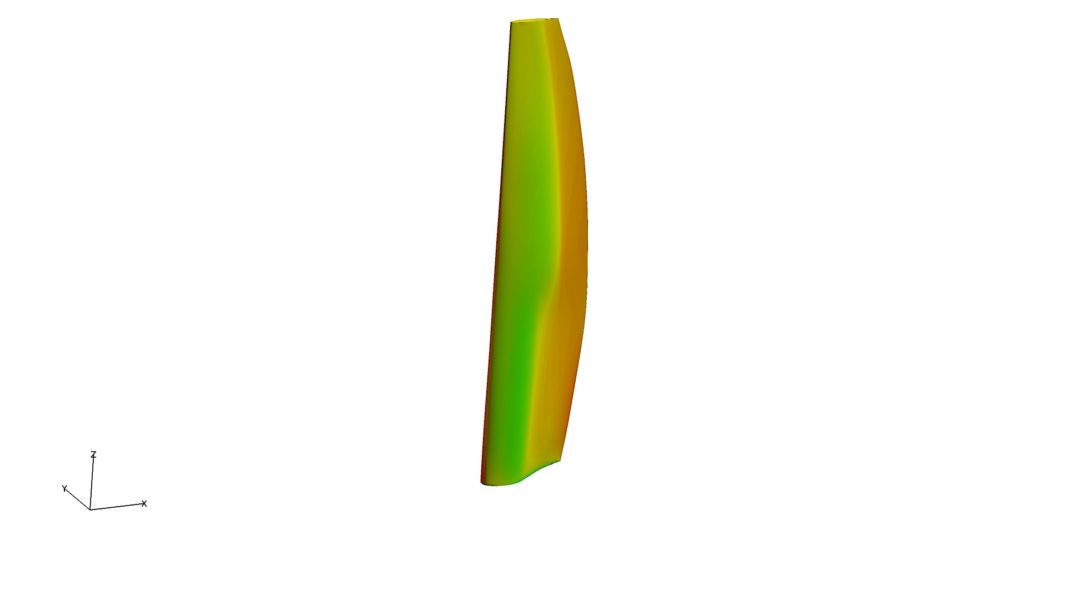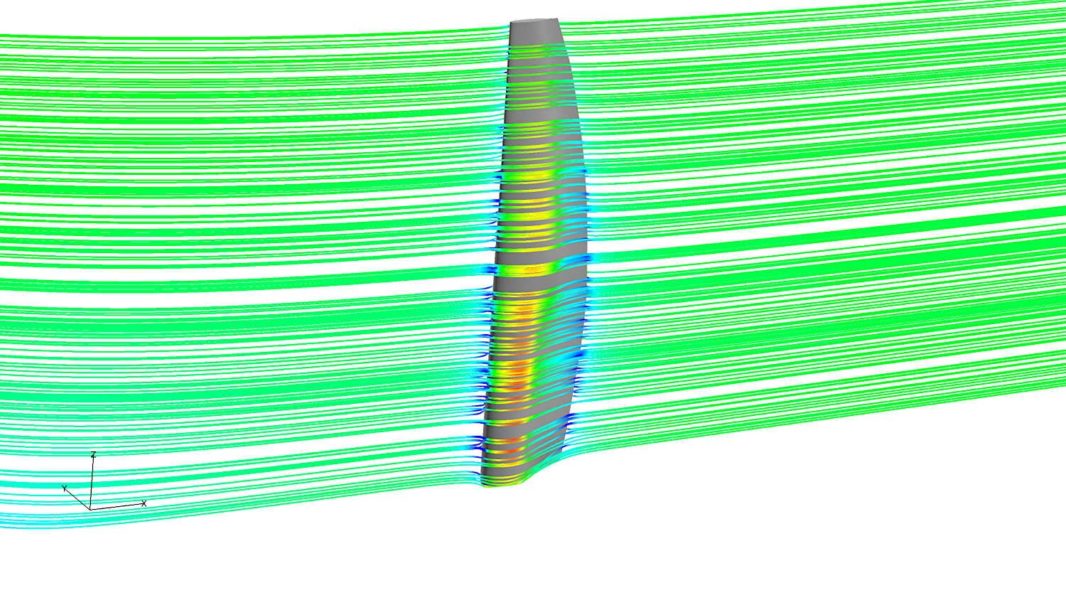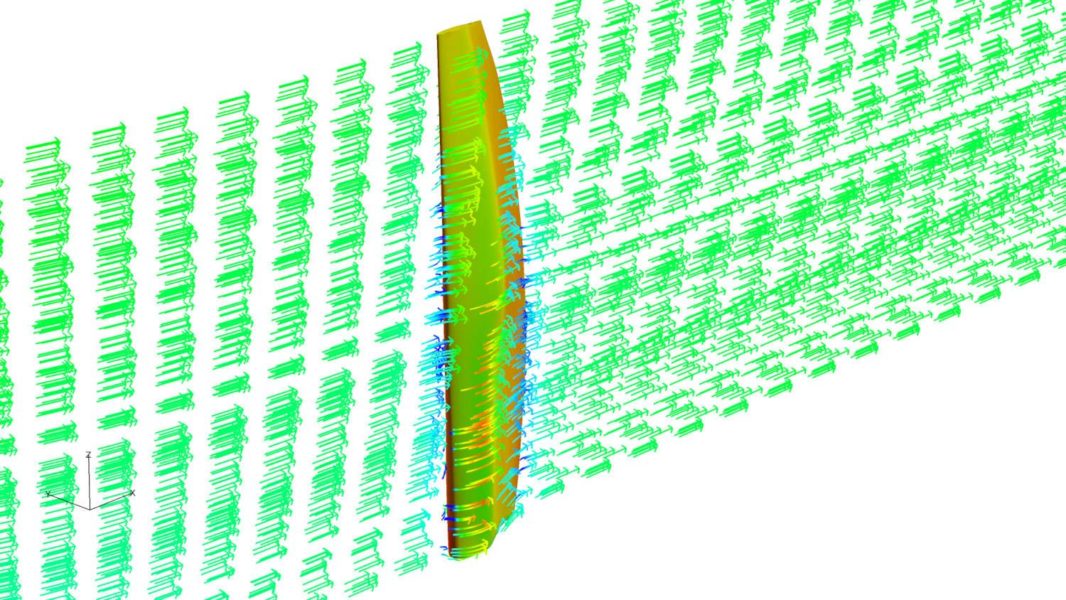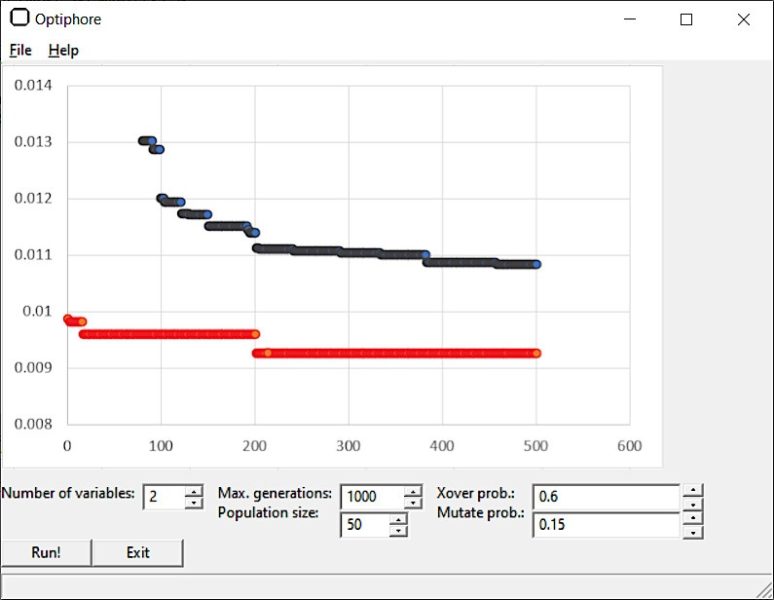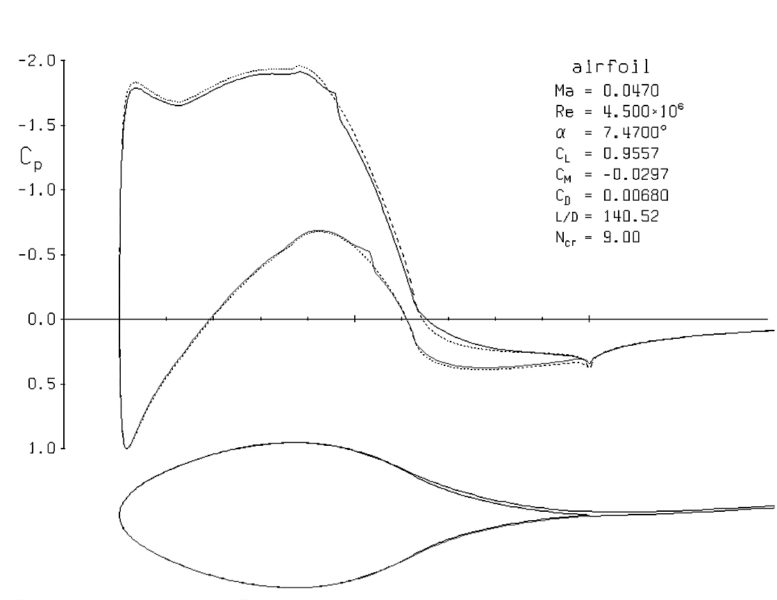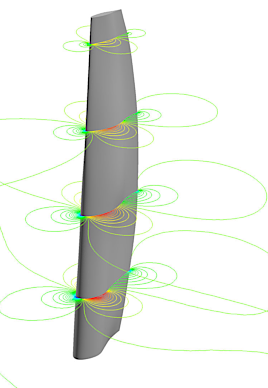The design of a wingsail
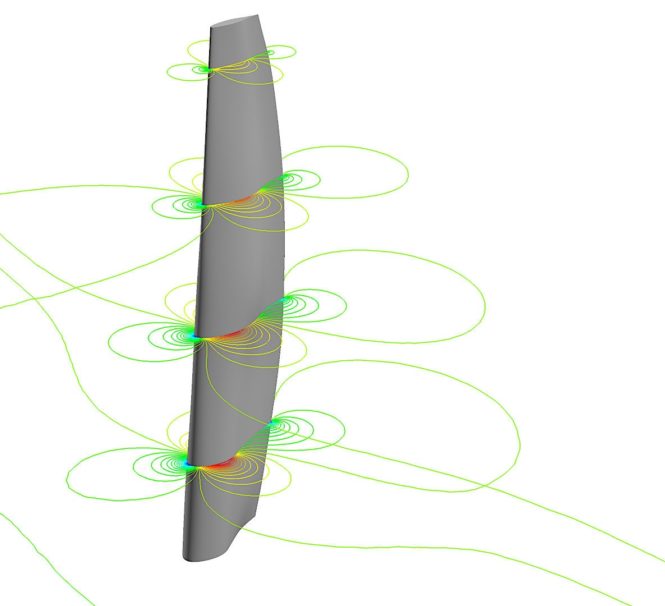

Application of a holistic design optimization methodology
A wingsail is an aerodynamic structure analogous to an airplane wing, fitted to a marine vessel in place of a traditional sail. Over the past decade wingsails have become more and more popular among sailboat designers, owners, and skippers, due to their ease of use and control, but most importantly, for their advanced efficiency, compared to the traditional sail.
In this project Optiphore used design optimization and Computational Fluid Dynamics (CFD) technics to investigate the aerodynamic performance of two types of wingsail that can substitute the existing traditional sail of a sailboat. The first, a rigid single-component wingsail geometry, with variable chord length and varying airfoil geometry. The second, a flexible single-component wingsail geometry with variable chord length, varying airfoil geometry, and twist.
While new sailboats can be designed from scratch with a wingsail configuration, in this case the goal was to find an appropriate geometry that could also be retrofitted on an existing sailboat, producing equivalent sail characteristics by roughly maintaining the existing centers of gravity and effort respectively. Therefore, while the developed design methodology is generic and can be applied to a plethora of sailboat models, the end-result is a custom wingsail geometry, designed specifically for the needs of a certain sailboat model.
The applied strategy for obtaining a wingsail geometry is divided into two parts. In the first part a proprietary evolutionary algorithm is used to generate airfoil sections at various wingfoil spans, taking into account the wind’s speed and the airfoil’s angle of attack at each wingsail span. Every airfoil is described with an appropriate parametric, mathematical representation and subsequently, a panel-method software is employed to evaluate the airfoils’ lift-to-drag ratio. This is a versatile approach that can produce optimal product design solutions by exploring among a huge number of feasible designs, inside a given design space. It can be coupled with any type of third-party software to evaluate the validity of all the different design variable combinations it explores, promoting optimal solutions as result.
In the case of both the rigid and the flexible wingsail types, each airfoil section is submitted to a different wind velocity, based on its wingsail span location, to conform for the wind's velocity profile. In the case of the rigid wingsail, all airfoils have the same angle of attack, as a rigid wingsail cannot support a twist. In the case of a flexible wingsail a linear twist is applied to reduce its induced drag, with the angle of attack at the tip equal to zero.
In the second part of the utilized strategy, the 2D airfoil sections are used to produce the wingsail’s 3D geometry. At a first glance, any unexpected features of the wingsail shape can be identified, so the 2D analysis of specific sections can be performed again. A CFD analysis of the resulting shape can provide insight about any three-dimensional phenomena that occur on the wingsail, which cannot be identified with a 2D analysis. Moreover, its overall performance can be assessed at this point, by calculating the lift-to-drag ratio of the 3D shape and validating that the resulting shape is appropriate for the sailboat's needs.
Optiphore offers a comprehensive design optimization methodology. Starting with a blank canvas and a set of design requirements, a number of ideas get produced with the help of our proprietary design exploration tools. Those ideas can be evaluated often at a reduced computational cost. Eventually, the performance of the most promising ones is thoroughly evaluated to converge to the final design. Most product development design cycles can greatly benefit from such an approach.
